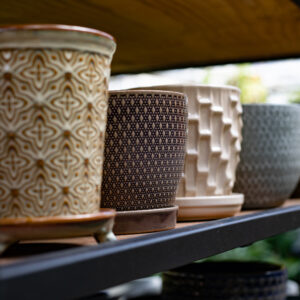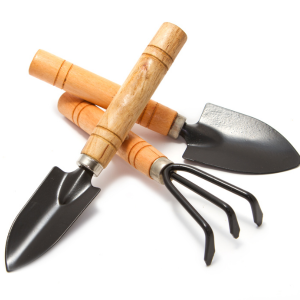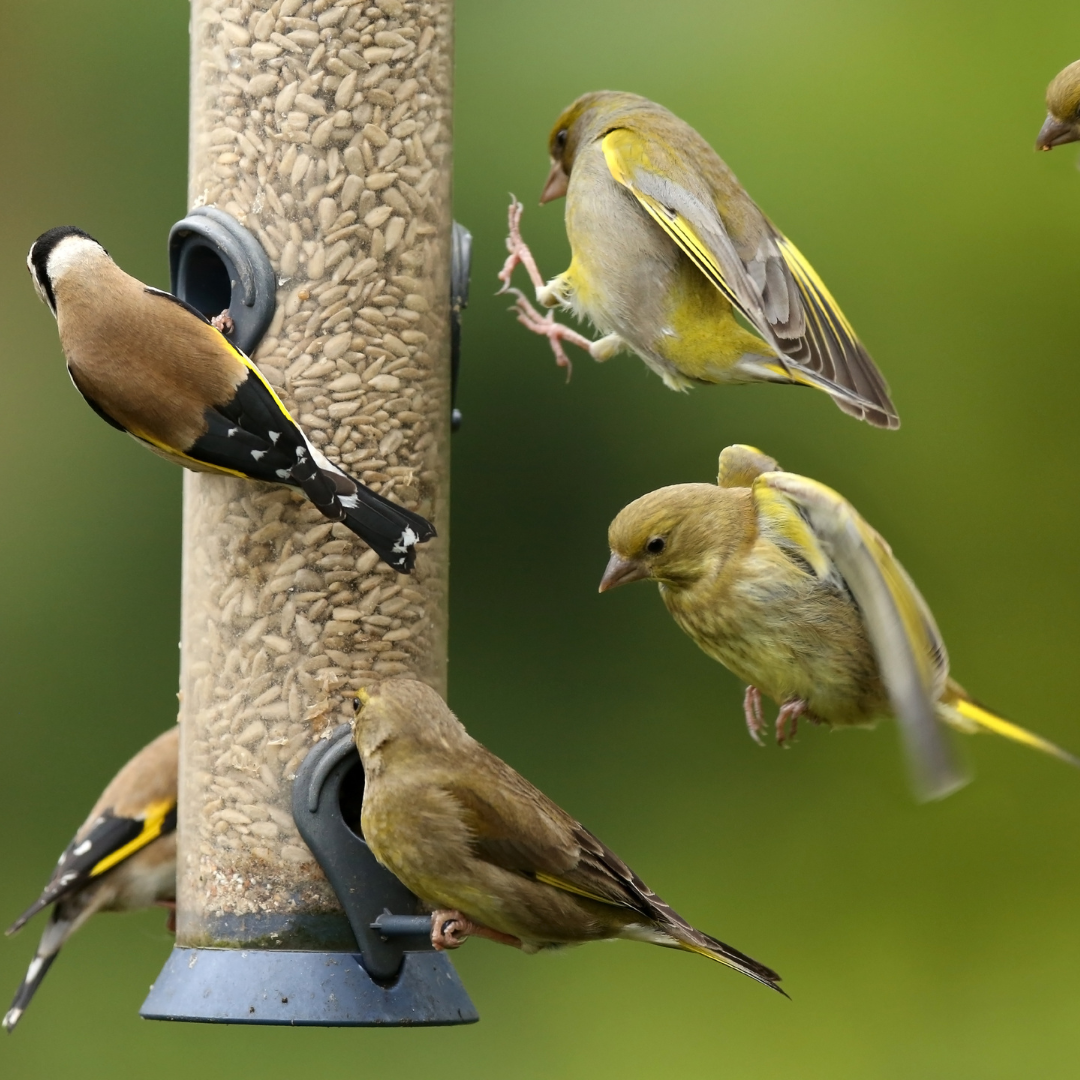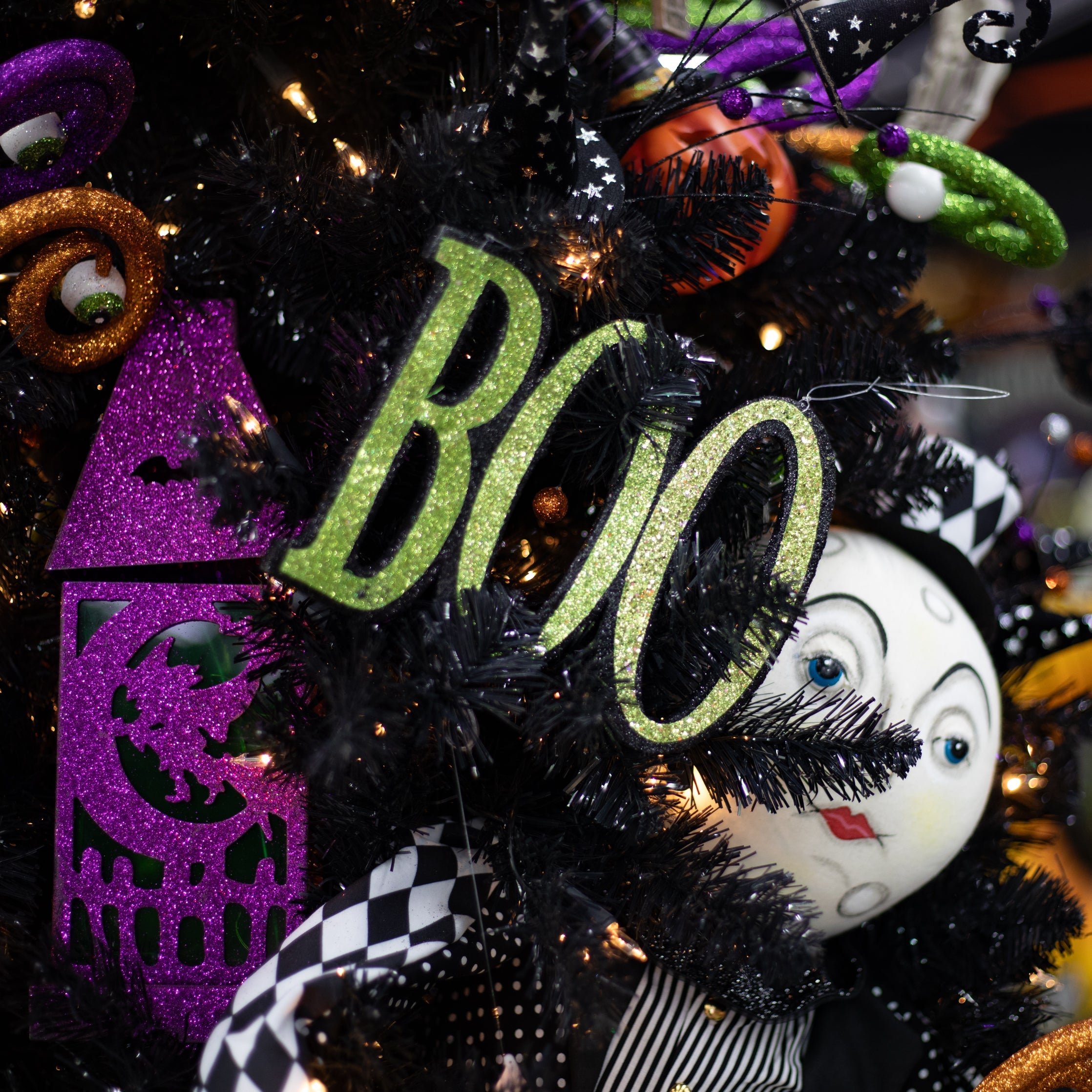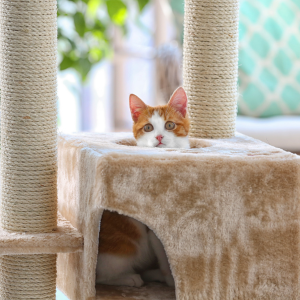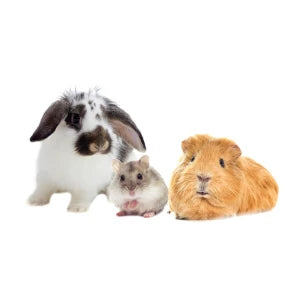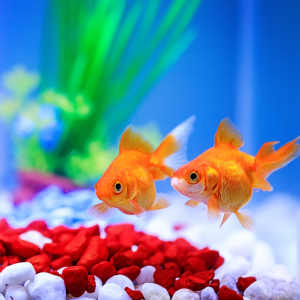Croton Care Tips
Croton is prized for its bold, multicolored foliage in reds, oranges, yellows, and greens.
This tropical plant thrives with bright light, regular moisture, and higher humidity.
With the right care, it becomes a dramatic focal point in any indoor space.

Light
Needs bright, indirect to strong light for vivid color. Insufficient light leads to dull, greenish leaves and leaf drop.

Watering
Water when the top inch of soil is dry. Keep evenly moist but not soggy.

Humidity
Prefers high humidity (50%+). Thicker leaf varieties can handle 30-40%. Mist, use a pebble tray, or run a humidifier.

Temperature
Ideal range: 65–85°F (18–29°C). Avoid drafts and temps below 60°F.

Soil
Use a well-draining, rich potting mix. A mix with peat or coco coir plus perlite helps retain moisture without sogginess.

Fertilizing
Feed every 4–6 weeks in spring and summer with a balanced liquid fertilizer. Reduce or pause feeding in fall and winter.

Repotting
Repot every 2–3 years or when rootbound. Best done in spring to support new growth.

Pruning & Cleaning
Remove faded or damaged leaves to maintain appearance. Wipe leaves occasionally to keep them dust-free and allow maximum light absorption.

Pet Safety
Toxic to cats and dogs if ingested. Can cause gastrointestinal upset, drooling, or other irritation.

Common Problems
Leaf drop = sudden changes in light, temperature, or underwatering. Can also lose 10% of leaves while in winter dormancy. Faded or dull color = insufficient light. Brown tips/edges = low humidity or inconsistent watering.

Common Pests
Watch for spider mites, mealybugs, scale, and aphids.

Fun Fact
Croton leaves are unique in that new growth can show entirely different color patterns than older leaves, making each plant’s foliage a dynamic, evolving display.



